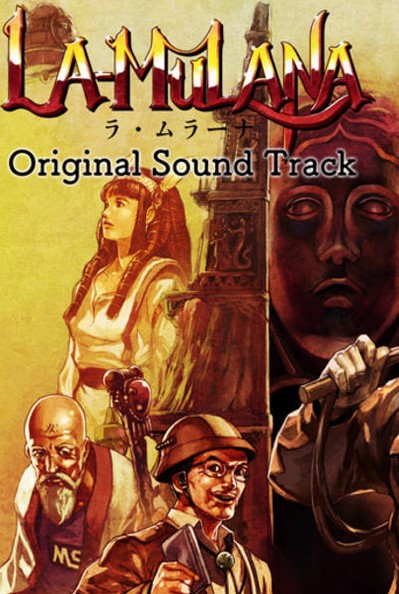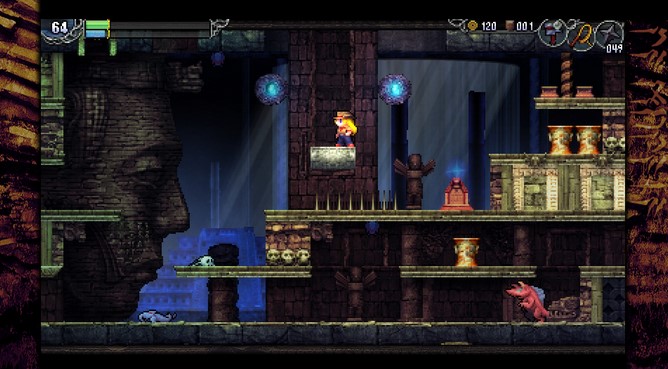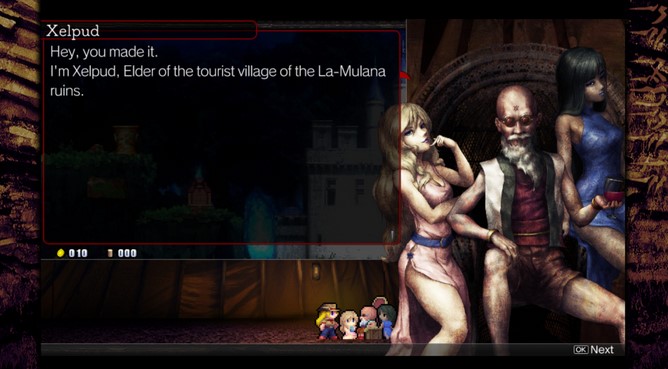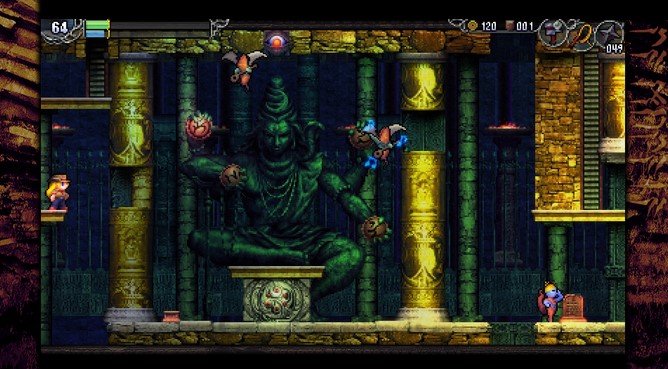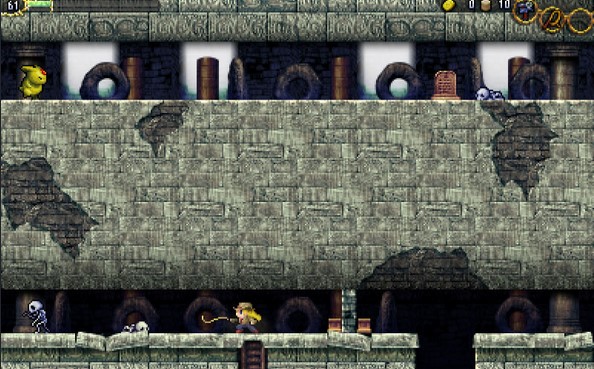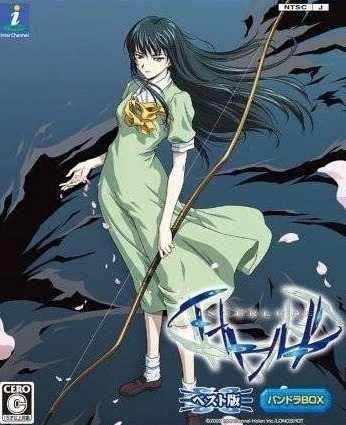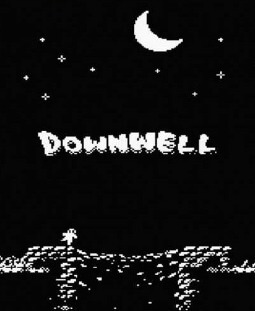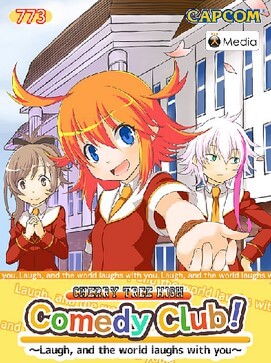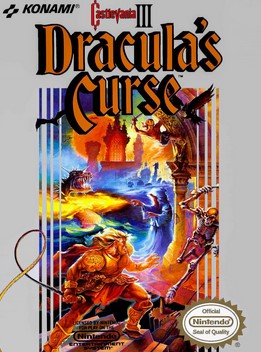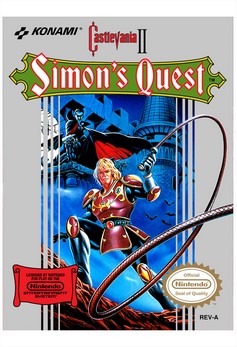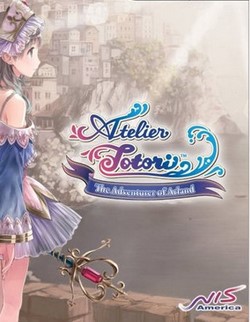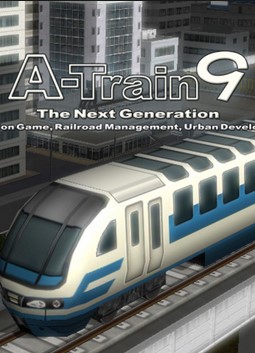La-Mulana (stylized as La•Mulana) is a platform-adventure video game, designed to imitate the look and feel of MSX games. Released on May 27, 2005 in Japan for Microsoft Windows, the game was only available in Japanese, but an English translation patch has been produced by Ian Kelley of AGTP. The game was later remade from the ground up in a 16-bit style for the Wii, and later PC, Mac, Linux and PlayStation Vita.
Gameplay
The protagonist of the game is Lemeza, a whip wielding adventurer exploring the tomb within La-Mulana. Although there is only one ending in the game there are many ways to get there, in that completing objectives in the game (gaining power ups and reaching new areas) is not linear, nor is there an obvious recommended path to take. Many powerups will allow the player to reach new areas, but the game gives no indication of where to go.
Since the game was intended as a tribute to the MSX games of the 1980s (and especially to Maze of Galious), it uses the 16-color palette and low resolution typical of those games. The opening sequence parodies the typical load screen of the MSX, displaying the amount of available video RAM and a copy of the MSX logo. The protagonist has a laptop MSX in his possession throughout the game, and can collect or buy ROM cartridges for it; many of these can be combined to produce various special effects.
Initially, the protagonist is equipped with a whip, and has a small amount of vitality. Items in the game help advance the plot, some of which do not grant any abilities, but open up a new area or allow another item to be taken. Other items, however, do grant the protagonist abilities, and some are required to access new areas of the game.
Most non-boss enemies in the game will not cause a lot of damage to the protagonist, however there are very few ways to restore life, and in many cases getting hit will cause the protagonist to fall off a hard-to-reach ledge and lose progress. An item in the game is available early on that enables teleportation back to the start (the location of the game's only save point) in addition to various waypoints. As explained in the game's manual, the general strategy of the game is to explore and solve as many puzzles as possible before getting low on life and teleport back when the risk of death becomes too great. However, actions taken in certain rooms can make it very difficult to return after warping out, so warping out is not always the wise action.
One of the principles behind the game's design is difficulty: as described in the game's manual, the developers were disappointed in the lack of difficulty prevalent among many games, and sought to help create a sense of tension in the game—the example they gave was that, if one were a real-life archaeologist, one might think twice before jumping into a dark pit, but in many videogames, it is too easy to simply attempt the action, suffer the consequences, and reload. The tension is created by arming many features in the game with various traps that can easily befall reckless adventurers , as well as several complete dead ends, from which, short of teleportation, there is no way out. The game explains these traps as existing in order to protect the sacred ruins.
Plot
Lemeza Kosugi, a professor of archaeology, receives a letter from his father Shorn Kosugi, who claims he has discovered the ruins of La-Mulana, supposedly the birthplace of all civilizations and carries the secret treasure of life itself. Following his father's trail, Lemeza comes to the ruins and discovers it is composed of various amalgamations of various ruins and structures from different areas around the globe. Upon further exploration and discovery within the ruins, Lemeza learns the story about how a being known as "Mother" fell down from the sky and crashed onto the planet. Mother has sought to do is to return to space where it came from. To this end, she created various "children" which were different races that roamed the planet that she tasked to find a way to send her back to the sky. None of them could figure out a way to accomplish this task, which angered Mother greatly and would destroy them in her rage, to start over again with a new race.
The people of the seventh generation of children came to the conclusion that it was impossible to bring Mother back to the sky; it turns out the entire ruins of La Mulana is actually Mother's body. They decided the best course of action before their race was killed off was to grant Mother a merciful death. To this end, they made it so that the children of the eighth civilization would grow without knowledge of Mother so they could have the will and power to accomplish such a task. This eight generation would end up becoming humanity. To accomplish this task, Lemeza has to draw out Mother's soul and bestow it a physical form to destroy. Through a grueling battle, Lemeza manages to accomplish this before Mother can enact her plan to bring forth the ninth generation. Taking the secret treasure of life after defeating Mother, Lemeza escapes the crumbling ruins to the surface before it collapses on him. Upon his return to the surface, Shorn surprises him from behind and steals the treasure for his own, leading Lemeza to chase after his father into the coming sunrise.
